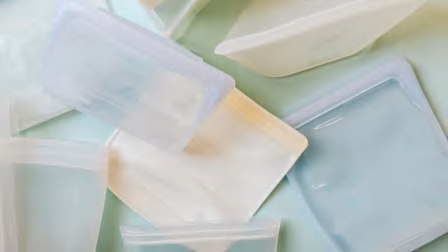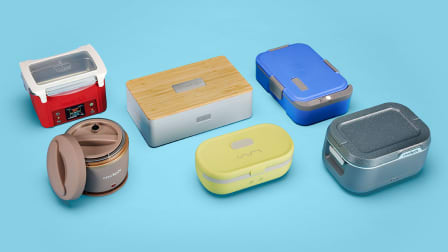Which Container Kept Food Fresher Longer: FoodSaver, Lasting Fresh, or Zwilling?
We loved only one of these vacuum food bowls because it kept our strawberries and spinach looking as good as new for 10 days
When you shop through retailer links on our site, we may earn affiliate commissions. 100% of the fees we collect are used to support our nonprofit mission. Learn more.

Food prices are on the rise, which means preserving your food has become more important than ever before. In fact, the Department of Agriculture recently reported that the price of groceries in 2024 has increased by 1.2 percent compared with last year at the same time. Takeout and restaurant meal prices have gone up 4.2 percent since early 2023.
Bottom line: It’s a good time to cook or grill at home and cut down on your grocery bills as much as possible—but that’s easier said than done.




















